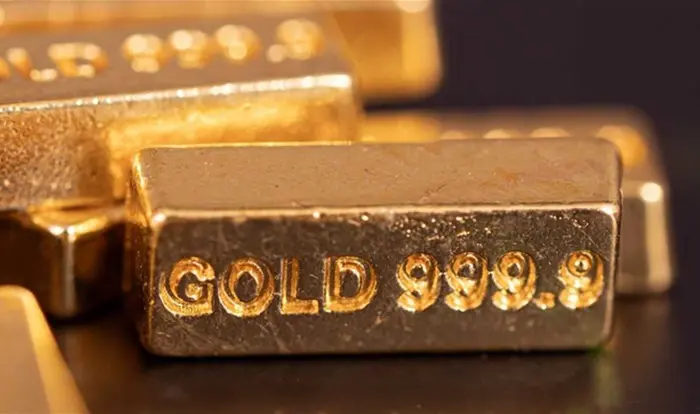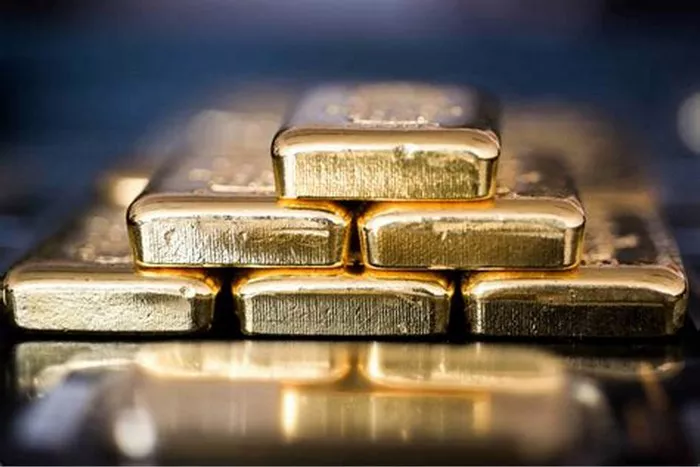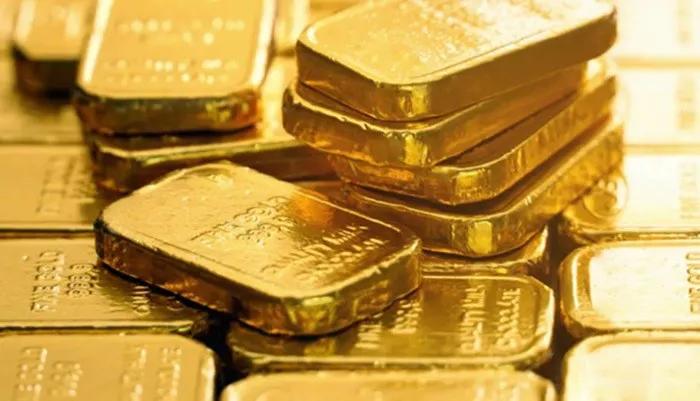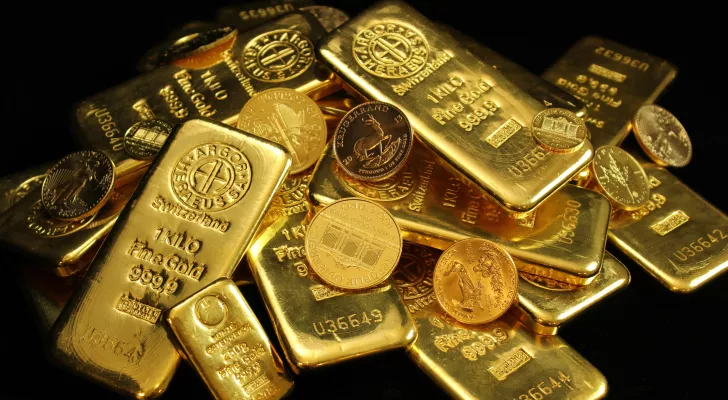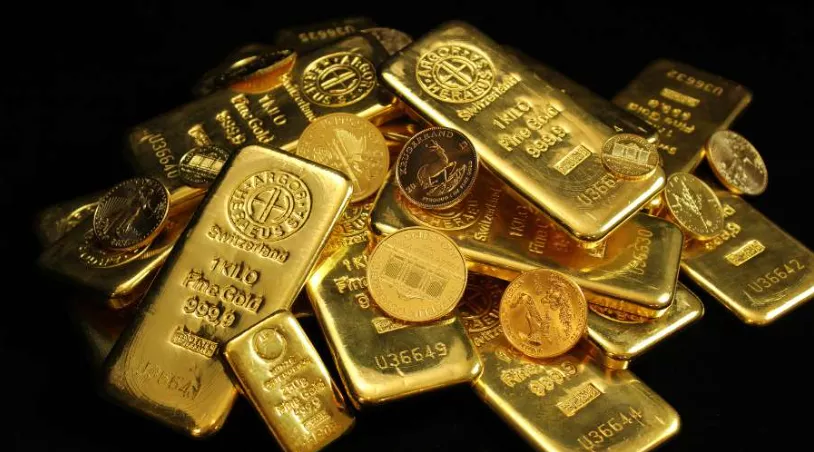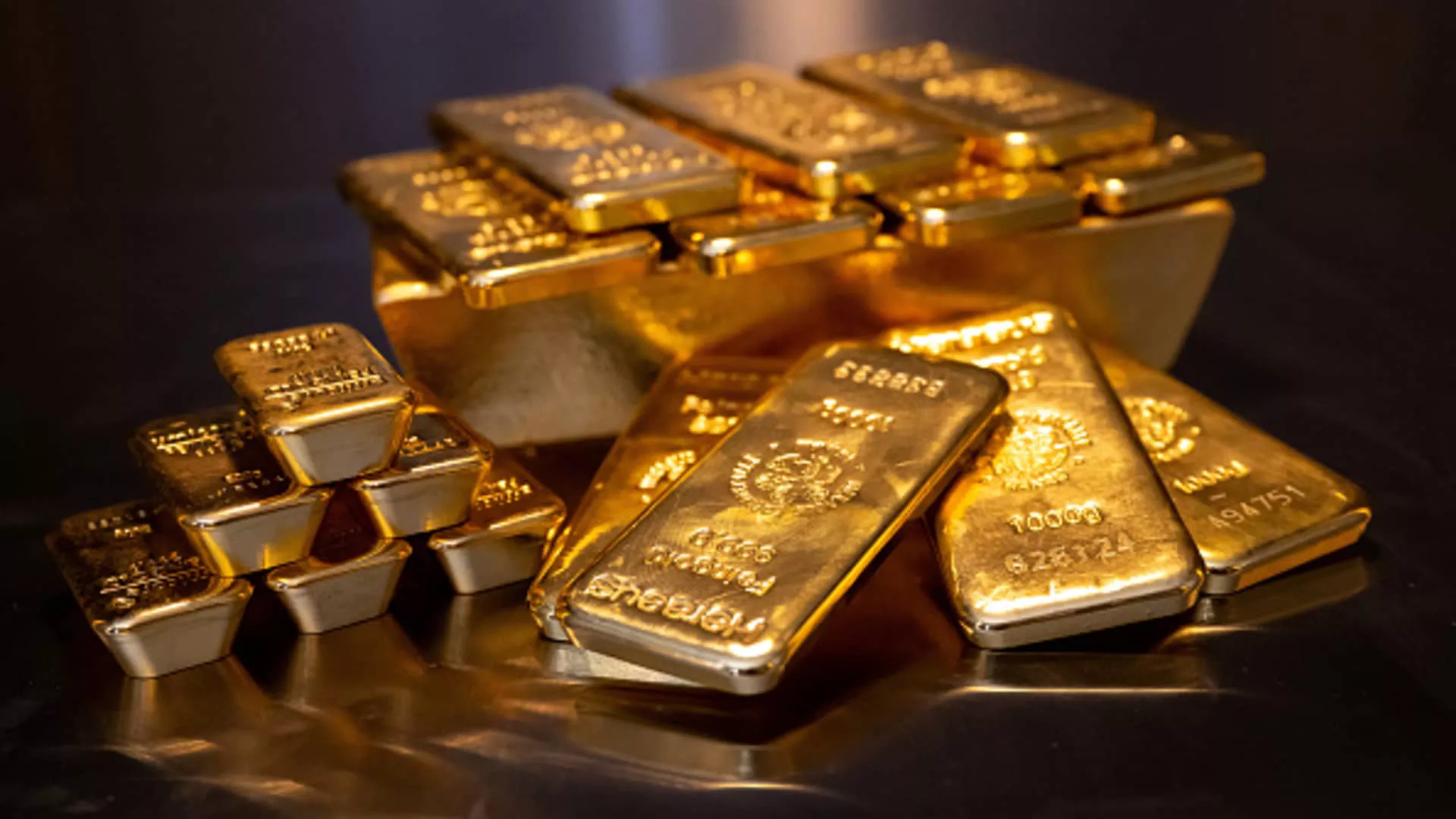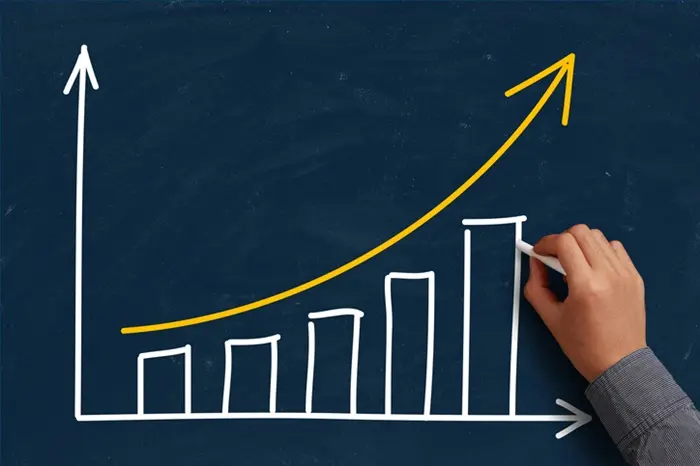Gold has long been revered as a symbol of wealth and power. Its unique properties have made it valuable across various sectors, from finance to technology. In this article, we will explore the seven major uses of capital gold, highlighting its multifaceted importance in the modern economy.
1. Investment and Wealth Preservation
Gold as a Safe Haven Asset
Gold is widely regarded as a safe haven asset, especially during times of economic uncertainty. Investors turn to gold to protect their wealth from inflation, currency devaluation, and geopolitical risks. Unlike fiat currencies, gold retains its value over time, making it an effective hedge against financial instability.
Diversification of Investment Portfolios
Including gold in an investment portfolio can enhance diversification. Gold’s low correlation with other asset classes, such as stocks and bonds, reduces overall portfolio risk. This diversification benefit is particularly valuable during market downturns when traditional assets may underperform.
2. Monetary Uses
Central Bank Reserves
Central banks around the world hold significant quantities of gold as part of their foreign exchange reserves. Gold provides a reliable store of value and a means of settling international transactions. It also offers liquidity, enabling central banks to meet their financial obligations during crises.
Currency Backing
Historically, gold was used to back national currencies under the gold standard. Although the gold standard is no longer in use, some countries still issue gold-backed securities to enhance their financial credibility. These securities provide investors with confidence in the stability of the issuing nation’s currency.
See Also: 6 Best Types Of Gold To Invest In
3. Jewelry and Ornamentation
Cultural Significance
Gold has been used for jewelry and ornamentation for millennia. Its lustrous appearance and rarity make it a preferred material for crafting intricate designs. In many cultures, gold jewelry symbolizes wealth, status, and beauty. It is often exchanged during significant life events, such as weddings and religious ceremonies.
Economic Contribution
The jewelry industry is a significant contributor to the global gold demand. Countries like India and China have a strong cultural affinity for gold jewelry, driving substantial consumption. This demand supports local economies, providing employment opportunities and fostering artisanal craftsmanship.
4. Industrial Applications
Electronics and Technology
Gold’s excellent conductivity and resistance to corrosion make it invaluable in the electronics industry. It is used in connectors, switches, and relay contacts in electronic devices. Gold-plated connectors ensure reliable data transmission and enhance the performance of high-tech gadgets, including smartphones and computers.
Aerospace and Defense
In the aerospace and defense sectors, gold plays a critical role in ensuring the reliability and longevity of equipment. It is used in satellite components, connectors, and circuitry to withstand extreme conditions. Gold’s thermal conductivity and reflectivity also make it essential in shielding sensitive instruments from radiation.
5. Medical and Dental Uses
Medical Devices
Gold’s biocompatibility and resistance to tarnish make it suitable for medical applications. It is used in implants, stents, and diagnostic equipment. Gold nanoparticles are employed in targeted drug delivery systems and cancer treatments due to their ability to penetrate cells and deliver therapeutic agents effectively.
Dental Restorations
In dentistry, gold alloys are used for crowns, bridges, and fillings. Gold’s durability, malleability, and resistance to corrosion make it an ideal material for dental restorations. It provides a long-lasting solution for patients, minimizing the need for frequent replacements and reducing overall treatment costs.
6. Environmental Applications
Pollution Control
Gold’s catalytic properties are harnessed in environmental applications, such as air and water purification. Gold nanoparticles are used in catalytic converters to reduce harmful emissions from vehicles. They also aid in the removal of contaminants from industrial wastewater, contributing to environmental sustainability.
Renewable Energy
Gold is utilized in renewable energy technologies, including solar cells and fuel cells. Gold’s conductivity and stability enhance the efficiency of photovoltaic cells, improving the conversion of sunlight into electricity. In fuel cells, gold catalysts facilitate chemical reactions, enabling cleaner energy production.
7. Cultural and Historical Preservation
Artifacts and Antiquities
Gold’s durability and resistance to tarnish make it ideal for preserving cultural and historical artifacts. Museums and collectors value gold objects for their longevity and historical significance. Gold artifacts provide insights into ancient civilizations and their craftsmanship, enriching our understanding of human history.
Commemorative Coins and Medals
Gold is often used to mint commemorative coins and medals. These items celebrate significant events, achievements, and historical figures. Gold coins and medals are not only valuable collectibles but also serve as tangible links to our heritage, preserving memories for future generations.
Conclusion
Gold’s versatility and enduring value have cemented its place as a cornerstone of the global economy. From investment and monetary uses to industrial and medical applications, gold’s unique properties continue to drive demand across diverse sectors. Its role in cultural and historical preservation further underscores its significance. As we navigate an ever-evolving economic landscape, gold remains a timeless asset, offering stability, resilience, and multifaceted utility.
Related topics:

